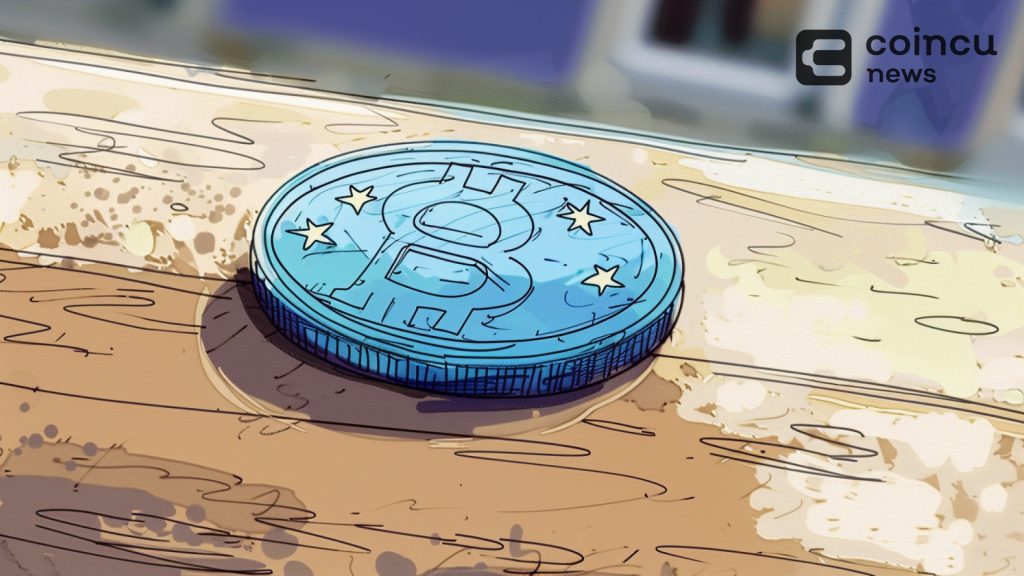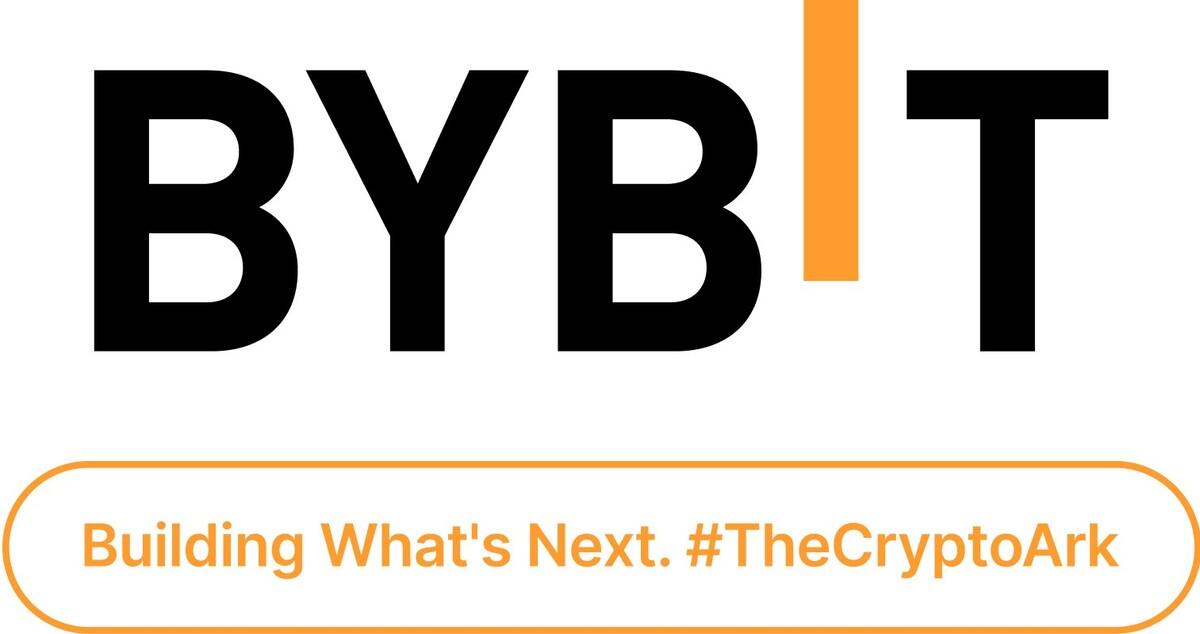Key Points:
- Circle plans to launch EURC, a euro-backed stablecoin, on the Layer 2 Base network, aiming to bring compliance and trust to digital euros.
- Circle stablecoin EURC and USDC are the first stablecoins on Base compliant with the new MiCA regulation.
- Amid regulatory changes, exchanges are adjusting to MiCA by delisting euro-denominated stablecoins, while Tether expresses reluctance to comply.
Circle, a major player in the digital currency industry, has announced that its euro-backed stablecoin, EURC, will soon launch on the Layer 2 Base network.

Circle Stablecoin EURC Is The Next Stablecoin After USDC To Launch On Base
The move signifies a significant step in the digital asset economy, bringing the trust and compliance associated with Circle’s offerings to the euro equivalent on-chain. Circle stablecoin EURC joins USDC, the largest stablecoin on Base, which boasts over $3 billion in circulation as of July 9.
The euro is currently the third largest fiat currency globally, presenting a substantial growth opportunity in the digital realm. Both Circle stablecoin EURC and USDC are compliant with the new Markets in Crypto Assets (MiCA) regulation, making them the first stablecoins on Base from a global issuer to meet these stringent standards.
Regulatory Shifts Prompt Exchange Adjustments and Tether Controversy
Jeremy Allaire, Circle’s co-founder and CEO, discussed the future of stablecoins in a recent interview, highlighting the increased competition expected as the EU’s regulatory framework tightens. He emphasized the company’s commitment to compliance as a competitive advantage, noting that Circle recently obtained an Electronic Money Institution (EMI) license. The license, mandatory under MiCA, allows Circle to offer euro- and dollar-pegged tokens in the EU.
Circle’s compliance with MiCA has enabled the firm to issue both USDC and EURC directly to European customers, effective from July 1. This development allows banks and Electronic Money Institutions (EMIs) to integrate euro stablecoins into their services.
This announcement comes amid a broader industry adjustment to MiCA regulations. Several crypto exchanges, including Bitstamp, Binance, Kraken, OKX, and Uphold, have delisted euro-denominated stablecoins like Euro Tether (EURT) to comply with MiCA.
Tether, the issuer of USDT, has expressed no intention to comply with MiCA, citing concerns over the requirement to hold 60% of reserves in bank cash, which they argue poses a risk of bank failure.
| DISCLAIMER: The information. on this website is provided as general market commentary and does not constitute investment advice. We encourage you to do your own research before investing. |






















